Post by Natalie Partipilo, undergraduate in Psychology pursuing an Interdisciplinary Neuroscience minor at Portland State University. Natalie is a Northwest Noggin outreach volunteer, BUILD EXITO scholar and a clinical researcher at Novel Interventions in Children’s Healthcare (NICH) at Oregon Health & Science University (OHSU).
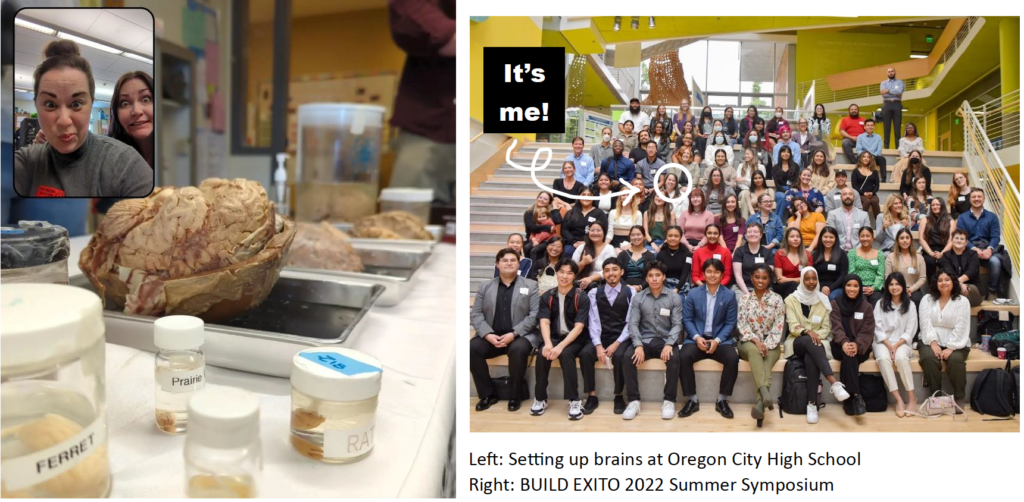
When I arrived at Oregon City High School for a morning of neuroscience and art, I scoured what seemed to be endless rows of parking spaces. I finally located the free parking section, a couple minutes’ walk to the school’s main entrance.

While parking, I encountered a few rambunctious students and felt briefly drawn back to my anxious days as a high schooler, a time that seems very distant to me now. When I entered the school, I noticed the natural light pouring in through the windows and skylights. The paint on the walls appeared fresh, and the hallways were thronged with students, and promise.
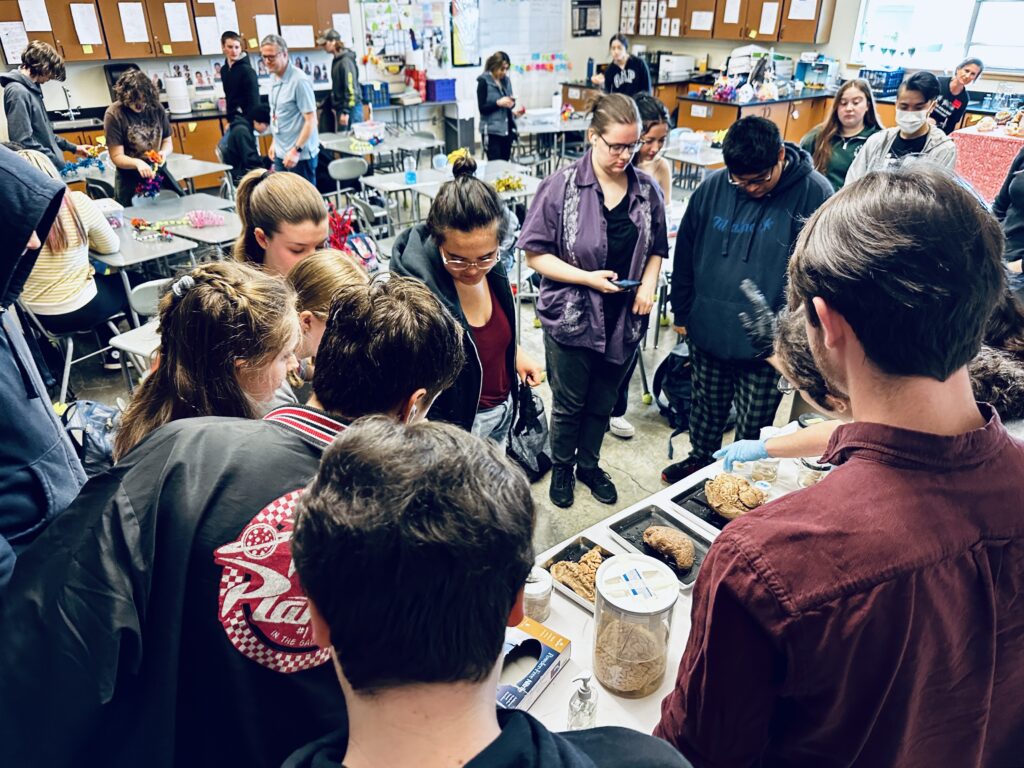
As an outreach volunteer who visits many schools, I always wonder what question of the day will point me to the Google search bar. While I am pursuing a minor in Interdisciplinary Neuroscience I am continuously surprised and impressed by the questions the students ask during our Noggin visits, especially from certain age groups.
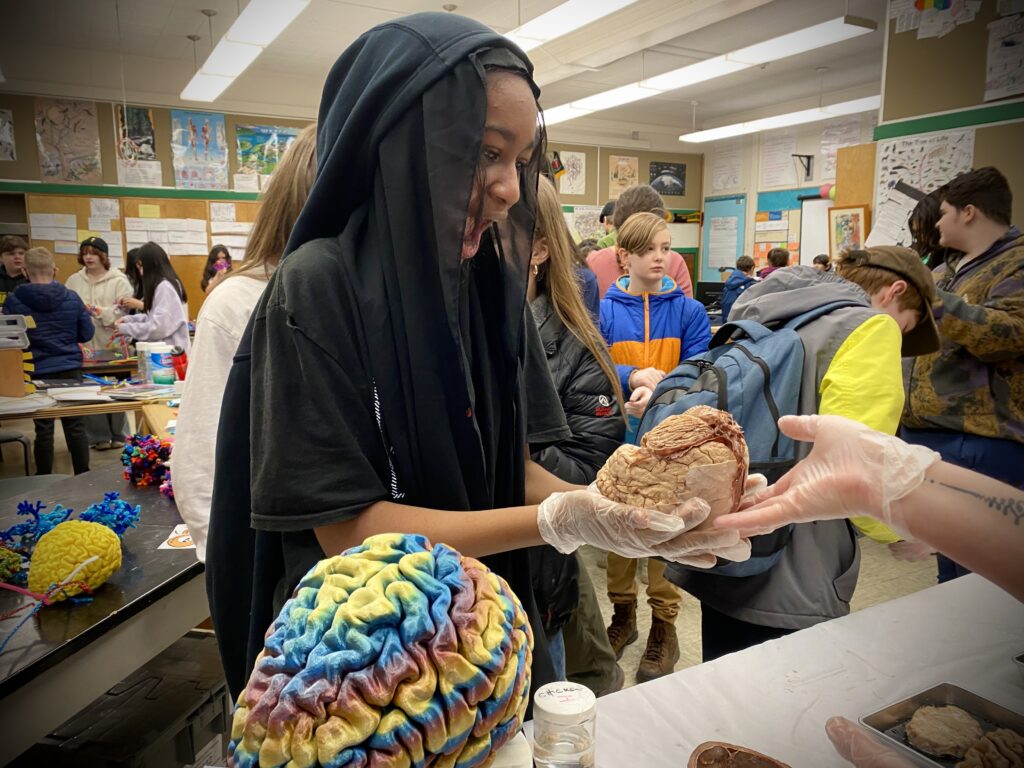
Elementary Schools
Elementary students are quick to ask questions and make comments that make you smile and ponder their curiosities like, “What does the brain taste like?” or “When you drink a Slurpee does it turn your brain blue?”
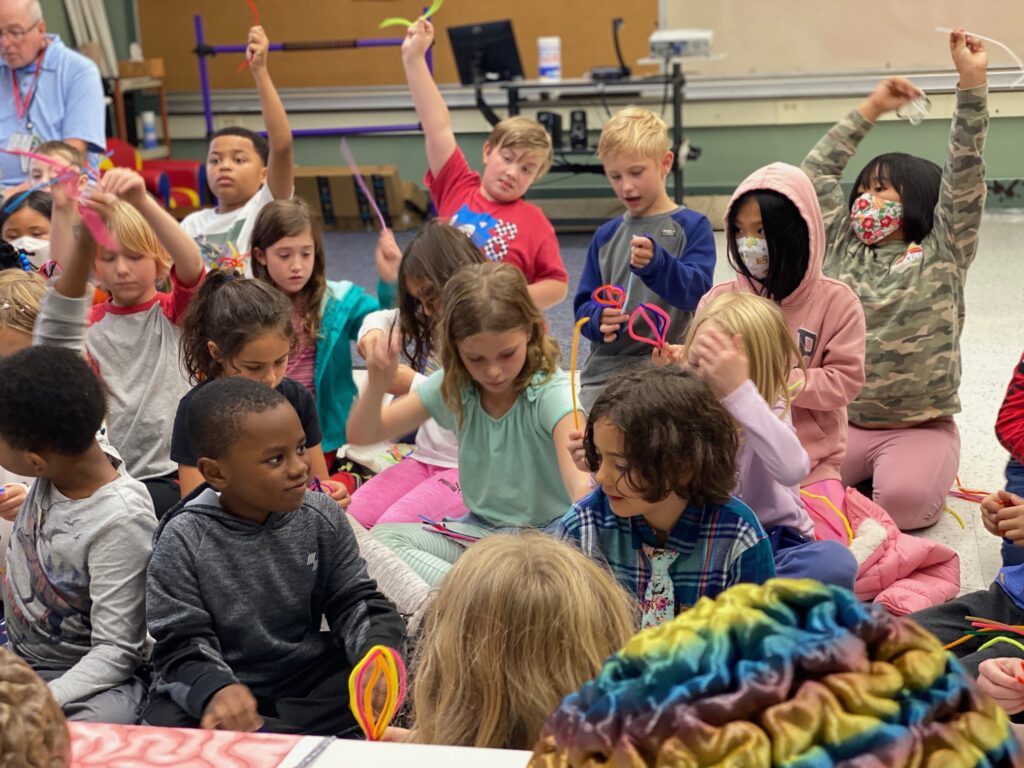
LEARN MORE: Noggin @ Elementary Schools
LEARN MORE: King Cortex
Middle Schools
Middle schoolers wonder about brain reanimation, if memory is physical, and associate touching brains with the feeling of clay.
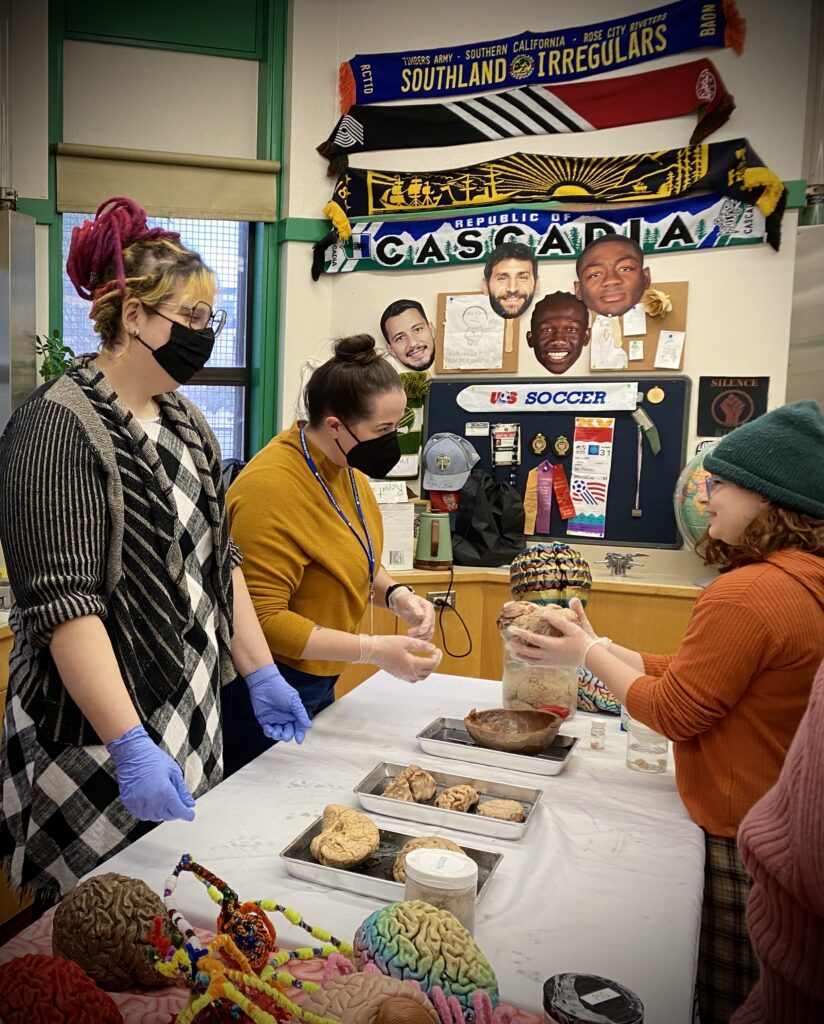
LEARN MORE: Is memory physical?
LEARN MORE: Noggin @ Middle Schools
High Schools
It could be my interests in mental health and adolescent development, but what I observe in terms of high schooler’s questions is that many ask about mental health disorders such as attention deficit hyperactivity disorder (ADHD), posttraumatic stress disorder (PTSD), or the effects of opioids on the brain.
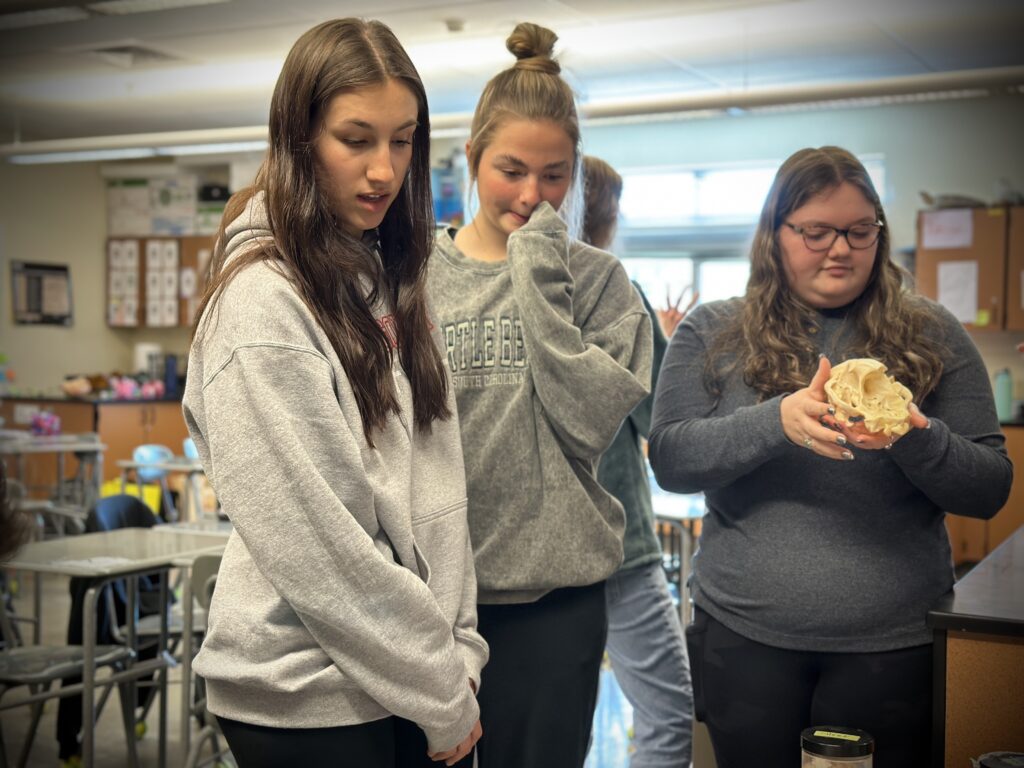
LEARN MORE: Noggin @ High Schools
LEARN MORE: Attention-Deficit/Hyperactivity Disorder (NIH)
LEARN MORE: Post-Traumatic Stress Disorder (NIH)
LEARN MORE: Opioid Use Disorder (NIH)
As a mental health advocate with an interest in health promotion, these questions excite me because these students are not only curious but being vulnerable in asking about conditions that are increasingly prevalent in youth and most likely exist among themselves, their friends or out in their community.
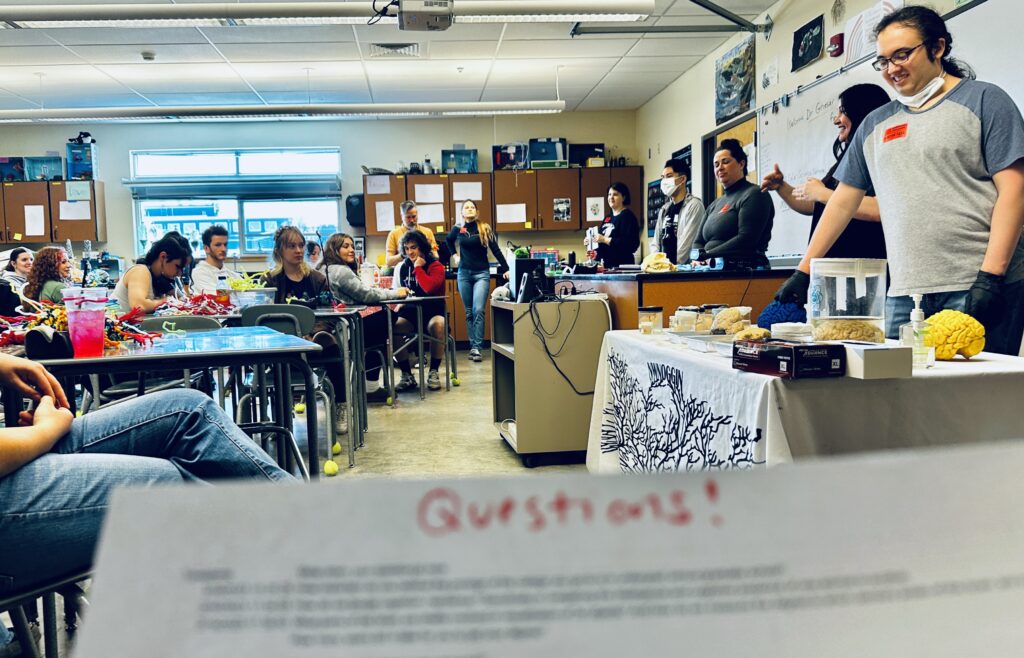
Understanding the neuroscience behind these conditions allows me to connect with students in an educational and personal way that is extremely rewarding.
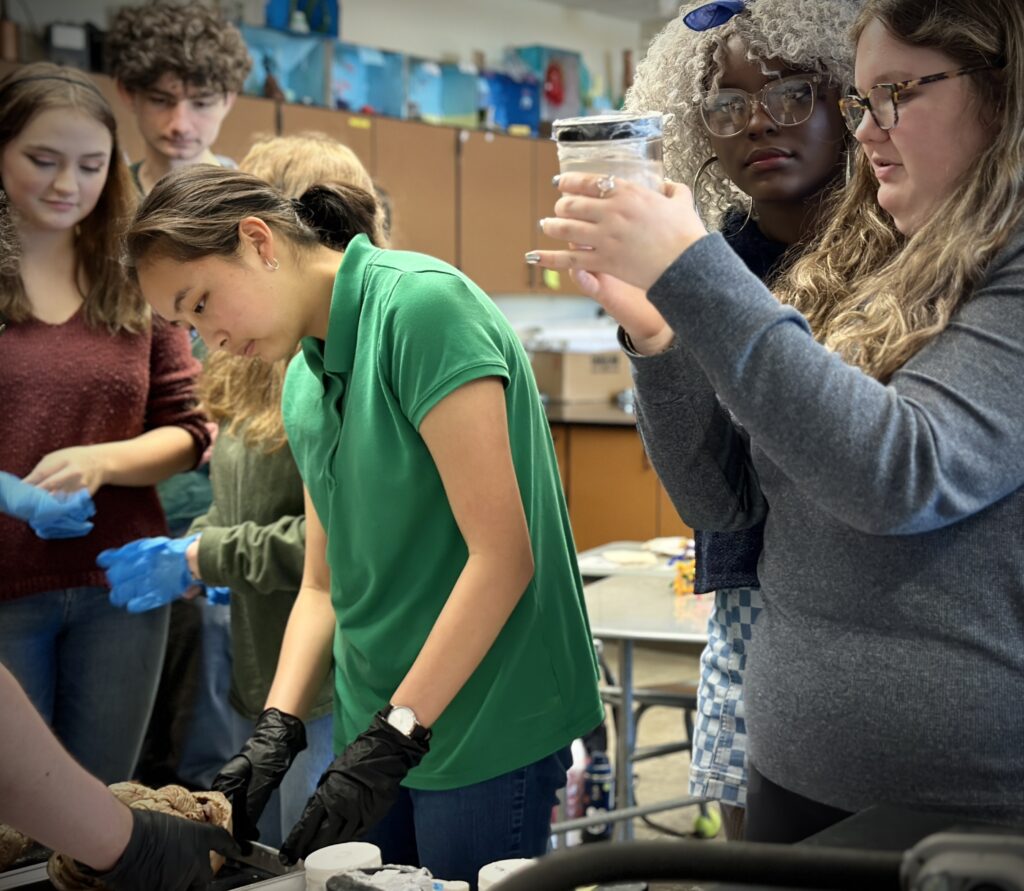
When the students at Oregon City High School pour into the classroom I am ready and excited for questions. What will be that next question that fires up my neurons – will it be one I can answer or will I be heading to PubMed?
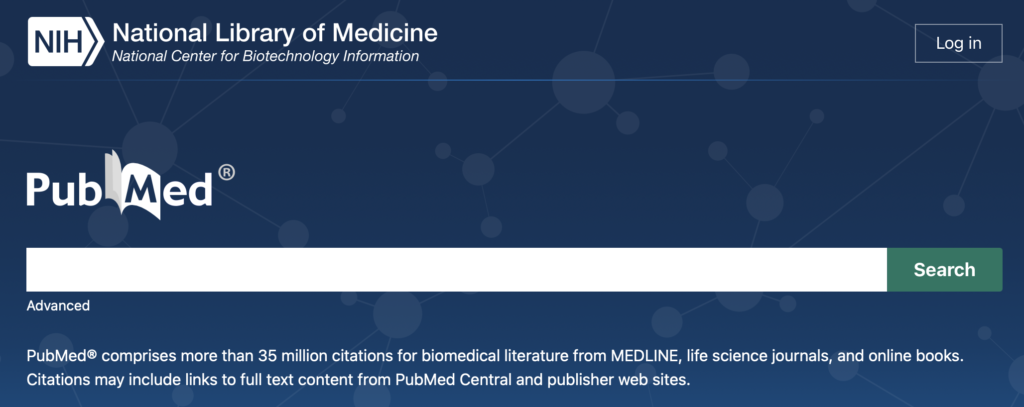
LEARN MORE: A Lit Review of Cannabis Vaping for Pain
“How does Narcan work?”
There it is. The moment, the question I’ve been waiting for, and it took me by surprise.
I responded to myself with a short and simple answer: Narcan saves lives by preventing an opioid overdose. However, these students were curious about what is occurring physiologically to let Naloxone reverse an overdose. Where does this critical drug act in the brain?
My initial reaction was, how do high school students even know about Narcan?
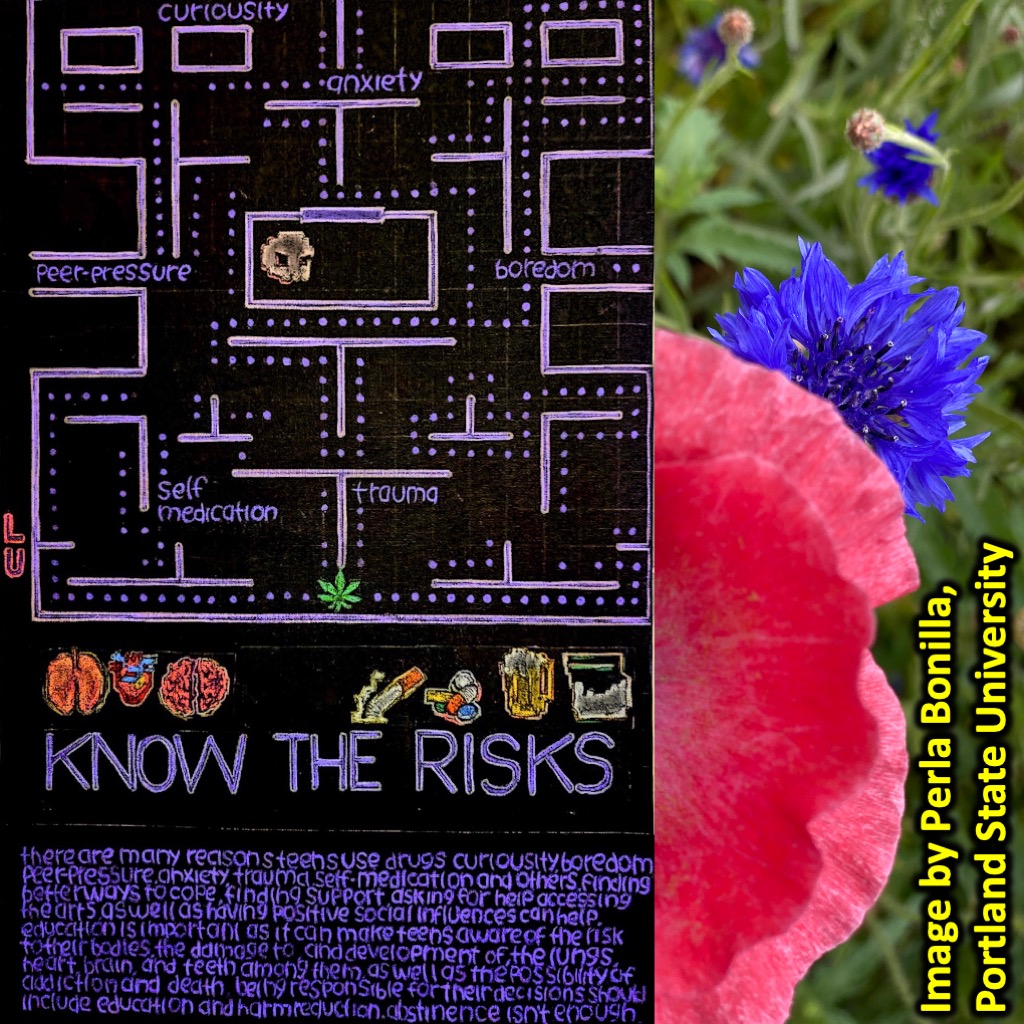
This shouldn’t have surprised me since the number of opioid deaths, specifically from the highly potent fentanyl, has skyrocketed in the past few years. According to the National Center for Health Statistics, in 2021, deaths relating to opioid overdoses nationwide increased by 16%, however in Oregon it was 41%.
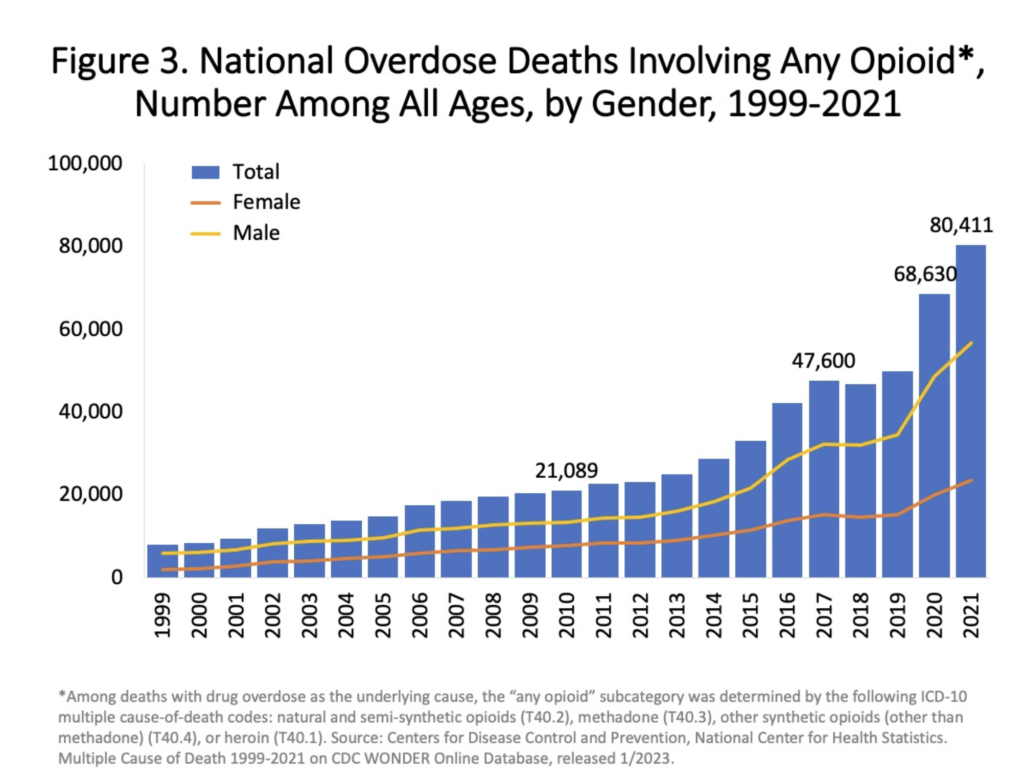
LEARN MORE: What is fentanyl?
LEARN MORE: Drug Overdose Death Rates (NIH)
LEARN MORE: Fentanyl is fueling a surging public health crisis in Oregon
LEARN MORE: “It wasn’t here, and now it is. It’s everywhere”: fentanyl’s rising presence in Oregon
LEARN MORE: Families Against Fentanyl: Fentanyl by State Report
Illicit fentanyl has taken many lives, including those of teens as young as 13.
“People always say, ‘Oh, it’ll get easier.’ But they’re the ones who haven’t lost a child. The ones that have know it stays with you every day.”
— Gail Strobehn-Simmons
Gail Simmons is the founder and CEO of Need 4 Narcan and also the mother of a son who lost his life to a drug overdose. After her son’s death she began to press the Oregon City School Board to make Narcan available in schools, on buses, and in sporting events.
“I lost my son after he took just one fake pill with fentanyl so I know how very real these risks are for everyone.”
— Michele Stroh
Her efforts connected her with Michele Stroh, another Oregon City mother who lost her son after he took a “fentapill”; a pill he thought was oxycontin but was laced with fentanyl. Gail and Michelle have worked together to prevent more overdoses from occurring through education around Narcan and stocking schools with this life-saving drug.
LEARN MORE: Need for Narcan
LEARN MORE: Need 4 Narcan to host Naloxone training amid spike in overdose deaths
LEARN MORE: Familias latinas buscan información sobre el fármaco Narcan tras sobredosis de niña
LEARN MORE: Naloxone for Opioid Overdose: Life-Saving Science
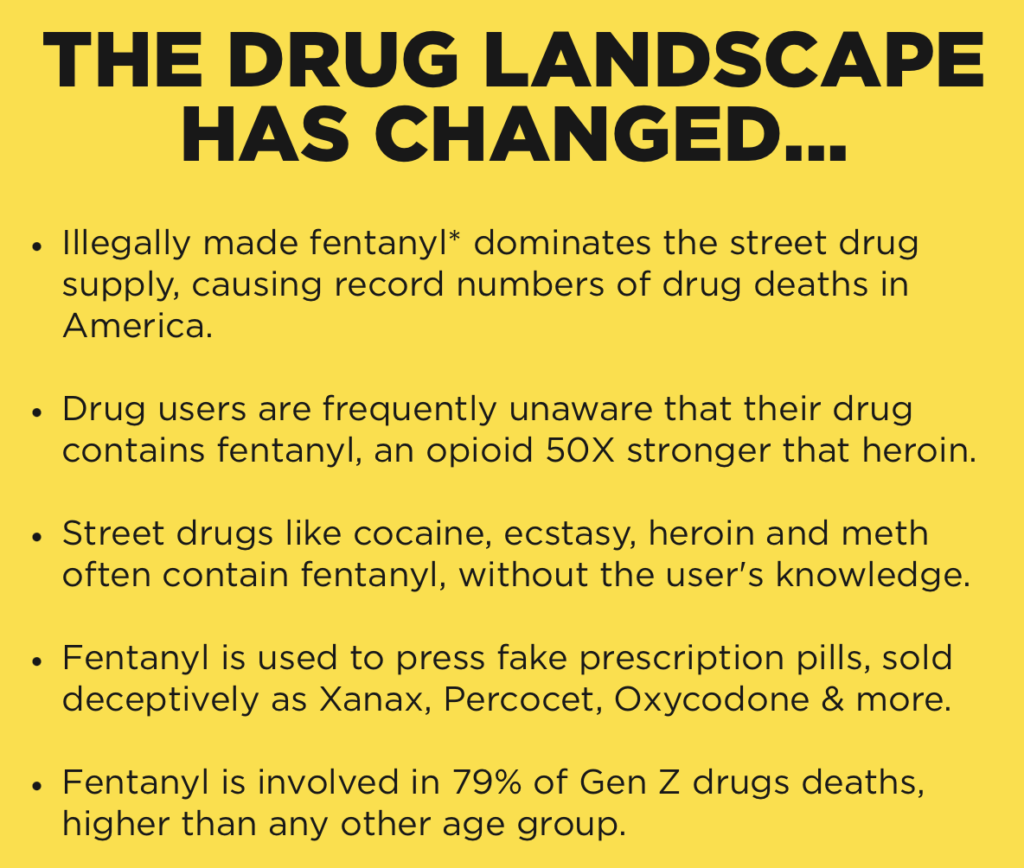
LEARN MORE: Song for Charlie: A fentapill is a fake prescription pill made of fentanyl
LEARN MORE: Law enforcement seizures of pills containing fentanyl increased dramatically between 2018-2021
LEARN MORE: Age and Generational Patterns of Overdose Death Risk from Opioids and Other Drugs
LEARN MORE: Just Say KNOW
What are Opioids?
Opioids are both natural – derived from the opium poppy – and synthetic drugs used for the main pharmacological purpose to relieve severe and chronic pain.

The effects of opioids occur during neurotransmission. Chemical messengers called neurotransmitters are released from the presynaptic neuron into the synapse and bind to the post-synaptic neuron at protein receptors embedded in its cell membrane.
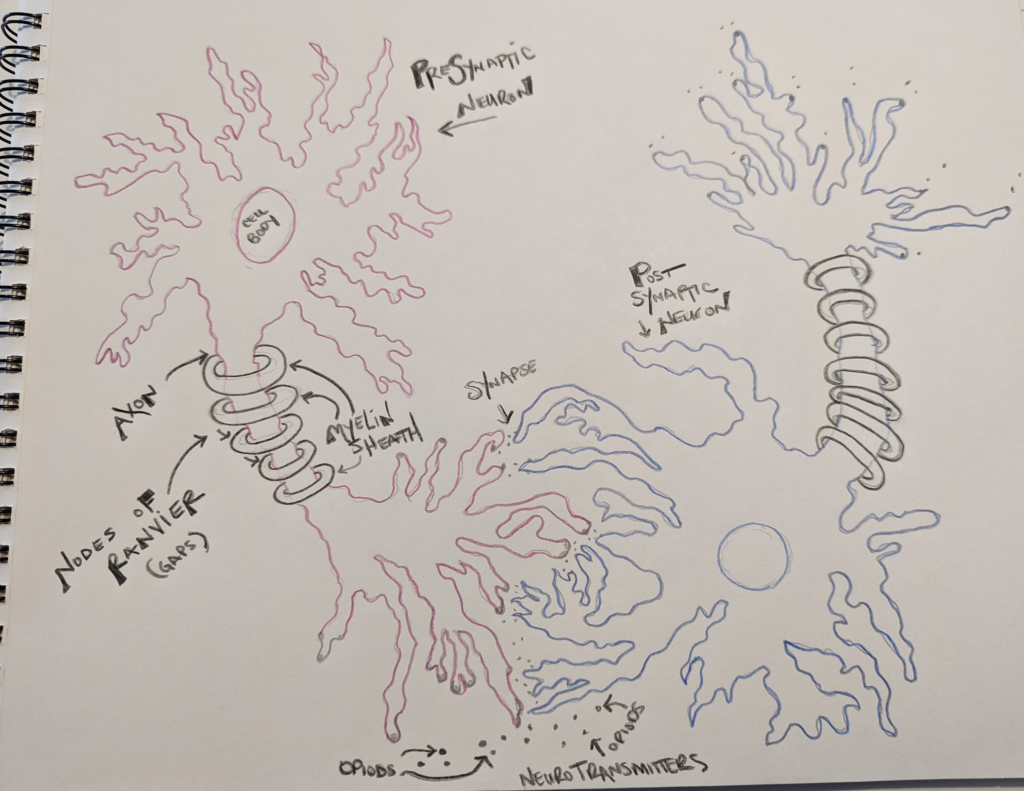
Opioids bind with a specific class of receptors known as G-protein coupled receptors (GPCRs). These opioid-binding GPCRs generally inhibit the activity of neurons. When opioids bind with receptors located on neurons in our spinal cord, they help prevent the transmission of information about any bodily injury to the brain, reducing our perception of pain. That erasure of pain can cause a euphoric feeling.
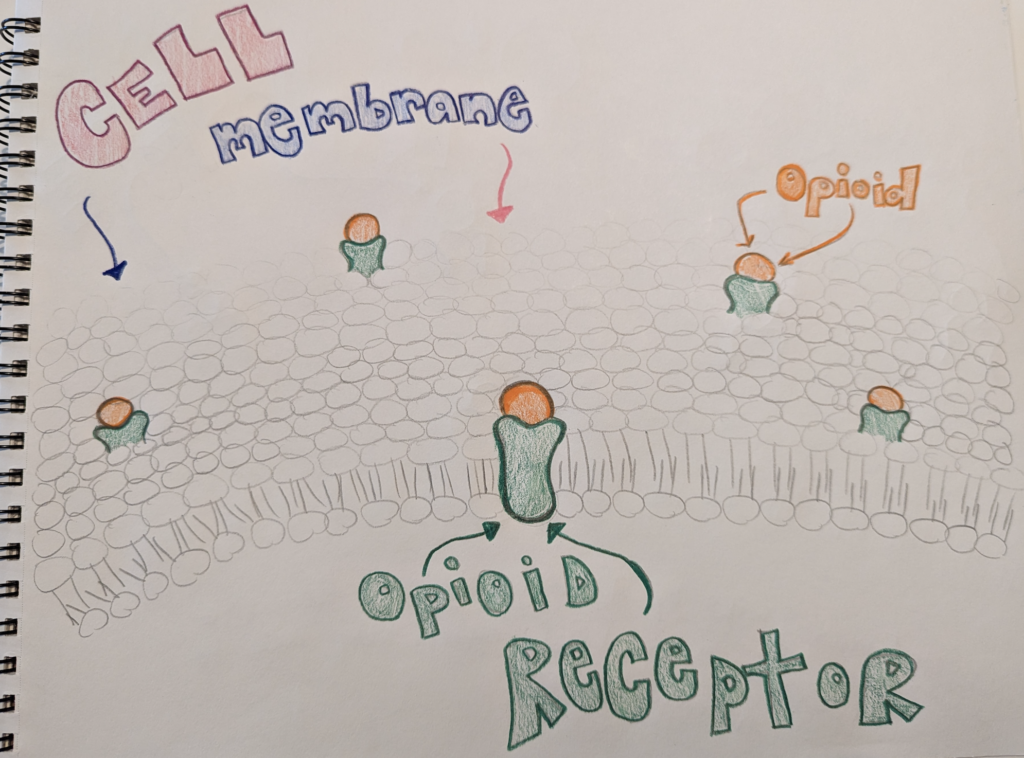
LEARN MORE: Physiology of Opioid Receptors (NIH)
LEARN MORE: How opioid drugs activate receptors
However, when opioids bind with additional receptors in the brainstem, they slow our breathing. Too many opioids can severely depress breathing, potentially leading to death.
Why is Fentanyl so dangerous?
Fentanyl is a synthetic opioid that is up to 100 times stronger than morphine.
It is also less expensive to manufacture, which may be the reason behind the significant increase in fentanyl overdoses. Because of the strength of fentanyl, overdosing can happen with one pill the first time it is taken by slowing the breath or even stopping it. When oxygen cannot reach the brain – hypoxia – the brain begins shutting down.

Narcan is a brand of Naloxone and is a medical nasal spray used to reverse the effects of an opioid overdose. Naloxone kicks out the opioid from the receptor, immediately allowing breathing to return to a normal pace.
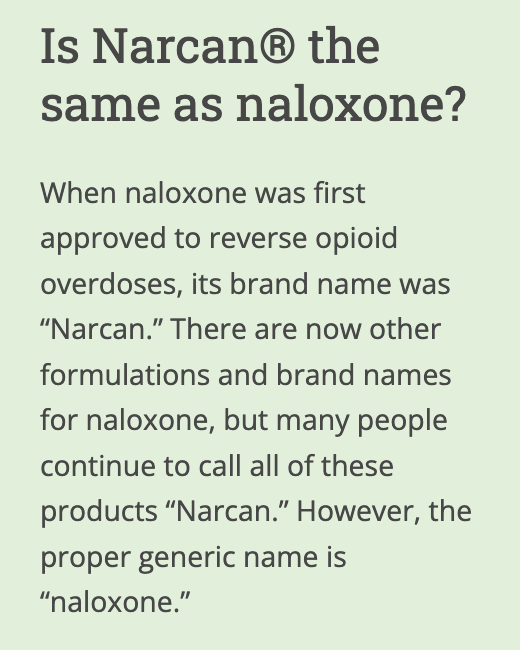
LEARN MORE: What is naloxone? (National Institute on Drug Abuse)

Check out the steps below, illustrated by Mira Norian for Verywell Health, retrieved from How to use Narcan to reverse an opioid overdose.
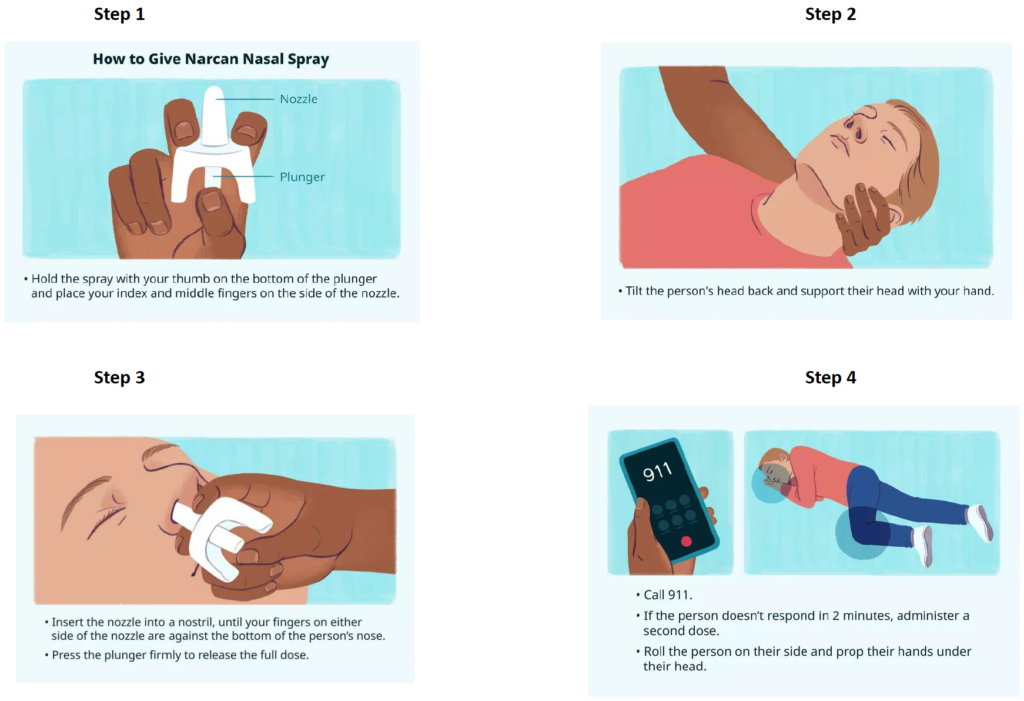
IMAGE SOURCE: How to Use Narcan to Reverse an Opioid Overdose
LEARN MORE: How does naloxone work and how do you use it (CDC)?
LEARN MORE: SAMHSA Opioid Overdose Prevention TOOLKIT
LEARN MORE: Naloxone Saves Lives
LEARN MORE: Respiratory depression and brain hypoxia induced by opioid drugs: morphine, oxycodone, heroin, and fentanyl
LEARN MORE: Cerebral Hypoxia (NIH)
The complexity of our brain and neurotransmission fascinates me!
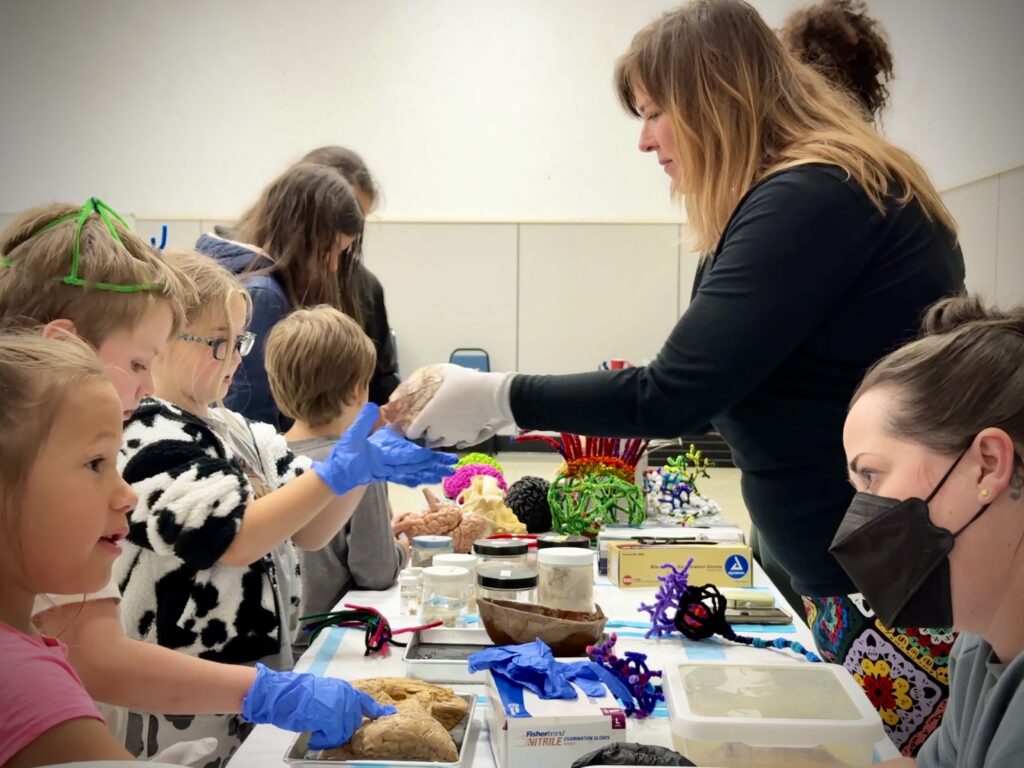
After getting involved with NW Noggin and learning more about the intersection of art and neuroscience, I began to really grasp the concepts I was learning by incorporating drawing, art, photography, and graphic design. I am far from being an artist, but drawing and using colors calms me AND helps me to remember such complicated neuroscience terminology.
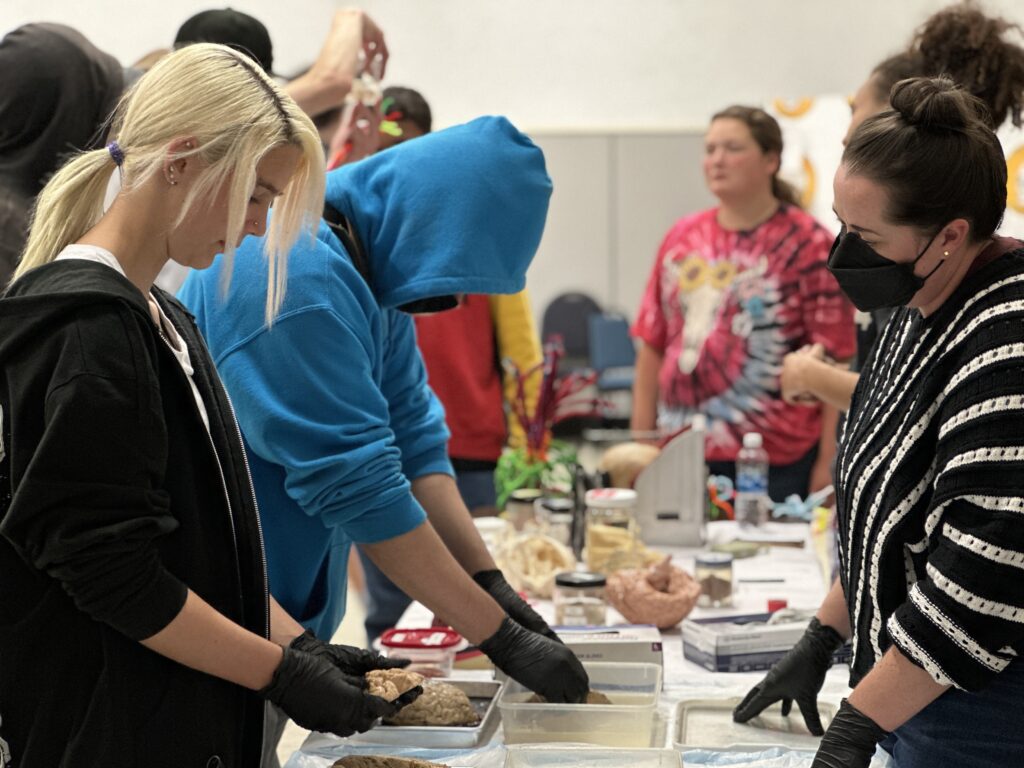
Below is a time-lapse video of me creating a simple drawing of opioids binding to receptors and Naloxone’s effect on receptors.
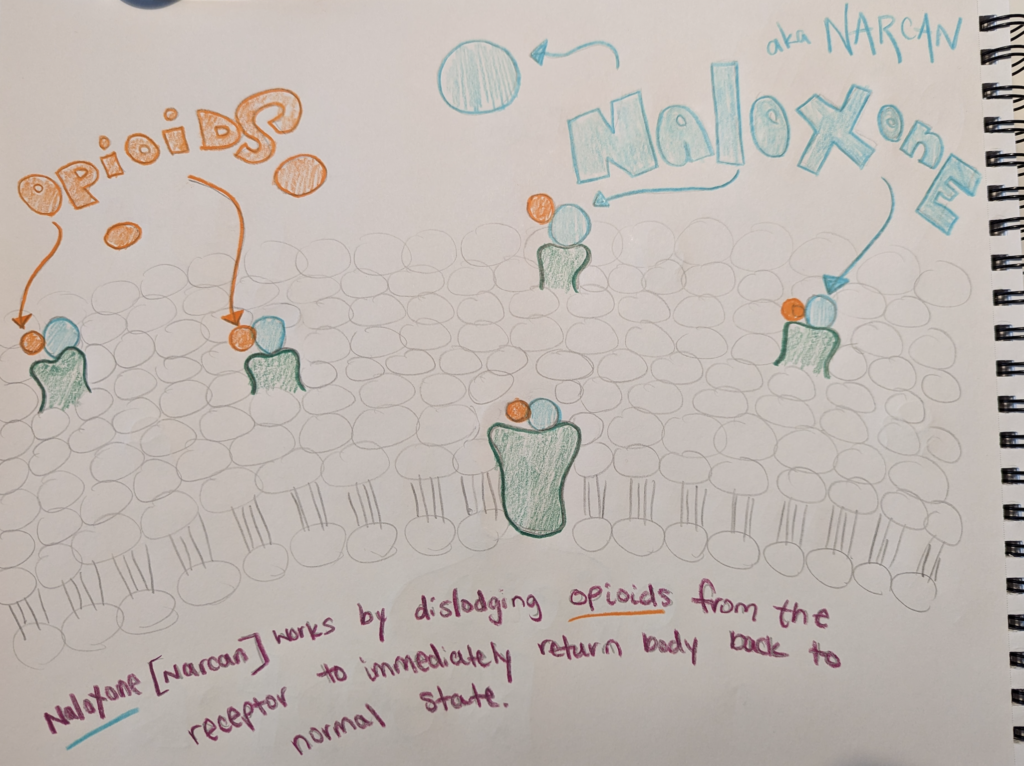
The Oregon City School District School Board unanimously approved the use of Narcan in their schools and sports facilities on March 14 2022.
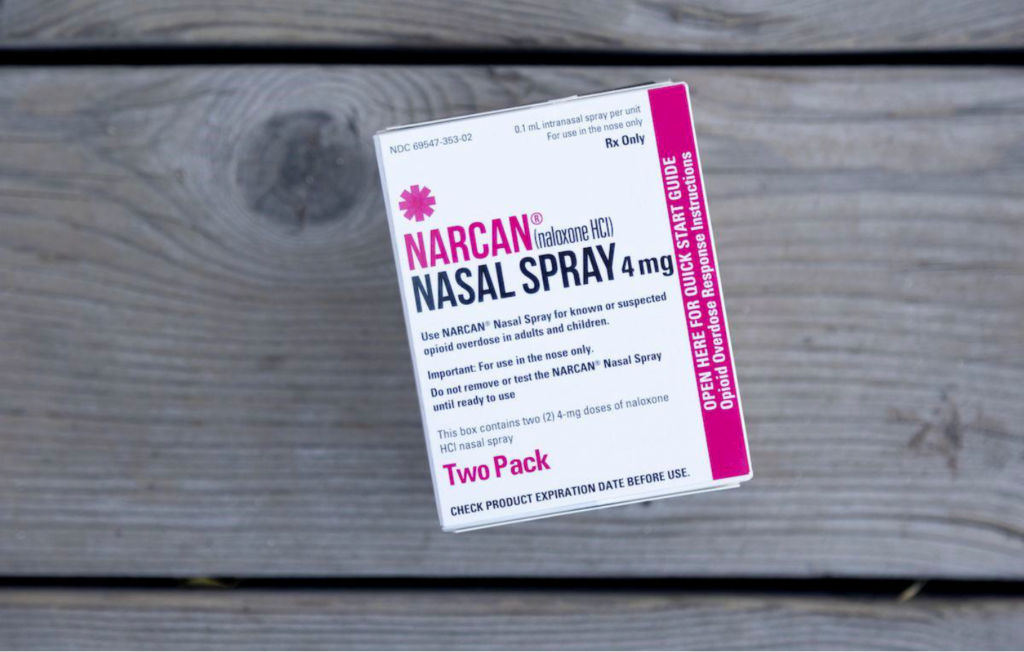
LEARN MORE: Bills to make Naloxone more accessible seek to slow opioid fatalities in Oregon
As overdose prevention efforts continue, schools are informing students of these products and their benefits. Knowing what is happening neurologically can further educate students on the life-saving effects if they or someone they know is experiencing an overdose.
What initially made me sad – youth aware of Narcan – made me proud because we are doing the right thing to educate them about how to intervene when something goes wrong and more importantly, we are giving them easy access by supplying their schools and sports facilities with the lifesaving drug, Naloxone.
The Oregon Health Authority has released a toolkit for schools in response to opioids and fentanyl.
LEARN MORE: Toolkit helps Oregon schools and families address opioid crisis
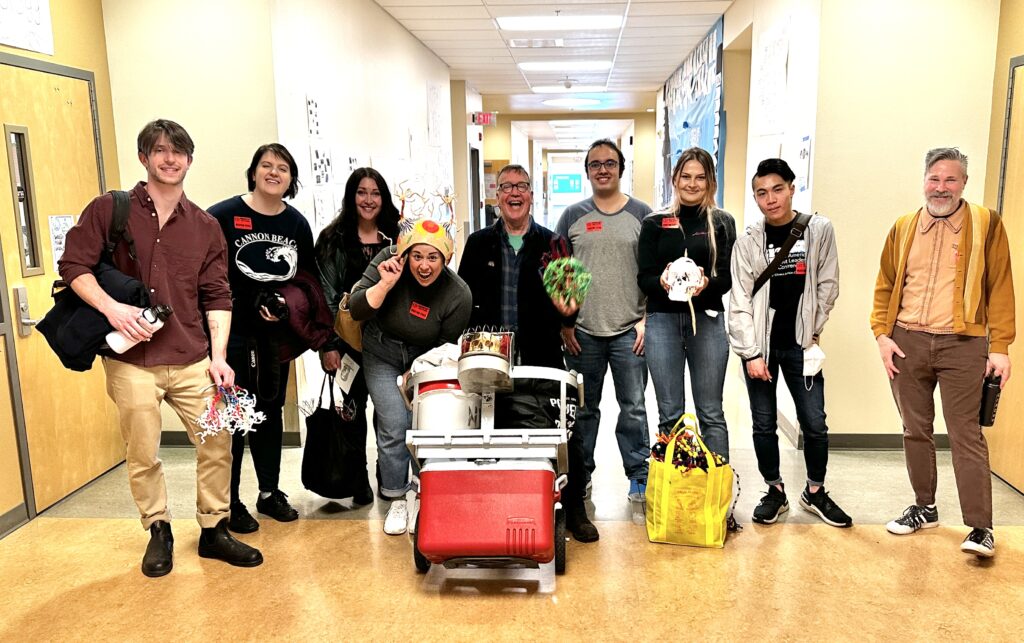
Mental Health Resources
If you are in a mental health crisis you can call or text 988 or chat at the 988 Suicide & Crisis Lifeline.
National Alliance on Mental Illness (NAMI) Oregon
Oregon Health Authority Behavioral Health Services
Additional Resources
Substance Abuse and Mental Health Services Administration (SAMHSA)



